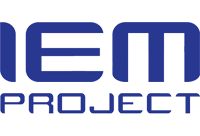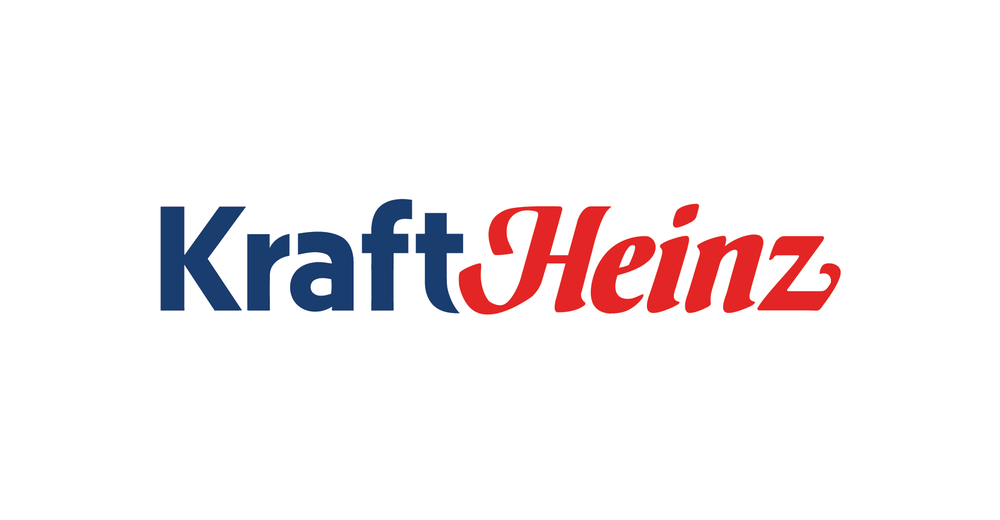GALILEO: European navigation of the future
Intro
Currently a global navigation satellite system is used for navigation on the earth. Most people think that the common abbreviation GPS can be used instead. This is not the case. GPS stands for Global Positioning System and is actually a brand. There are several competitors for GPS and Galileo is one of them.
Current status
At this moment the best known global navigation satellite system is the global positioning system (GPS). This American system is one of two fully operating navigation satellite systems. The other navigation satellite system which operates at this moment is the Russian GLONASS. The Chinese and Indians are working on their own systems as well, called BeiDou and Indian Regional Navigational Satellite System (IRNSS) respectively. Both systems are not in operation at this moment, just like Galileo. Galileo is the European variant built by the European Union and the European Space Agency and this system will be able to cooperate with GPS.
These facts raised some questions to me. At first I wanted to know what a global navigation satellite system exactly does. Why are these other systems in development while we apparently did not need any other systems until now? And the Galileo system certainly got my attention since it is not setup by one country, but by Europe as a continent. Finally I wanted to find out what the cooperation between GPS and Galileo will embrace.
Multiple satellites for one location
A global navigation satellite system allows receivers to determine a position anywhere on the globe. As the name of this system may indicate, satellites are a crucial aspect. A satellite transmits a signal which include its location towards an receiver of the system. Since the velocity of this signal is approximately 3.0 x108 m/s, also known as the speed of light, it can be calculated what the distance is between the satellite and the receiver. The time (t) it takes to get from the satellite to the receiver can be multiplied by the speed of light (v) to determine the distance (s) between both (s=v*t).
One satellite is not enough to determine the exact location. It can be compared with an instrument which can be used to draw a circle: a pair of compasses. The distance from the top of this instrument to the edge of the drawn circle is equal for the whole circle. Translated into the satellite/global level it means that one distance can lead to a circle of possible locations on the surface of the earth.
When a second satellite follows the same principle described for the first satellite it will results in two circles which will have two common points. A circle of possible locations will now be narrowed down to only two locations. A third satellite will use the same technique which can declare the final location of the receiver. To guarantee the right amount of accuracy of the receiver’s location, a fourth satellite needs to be used. Therefore it can be stated that at least four satellites are needed in order to let a global navigation satellite system work.
To ensure that this method works well, it is of great importance that the time which is used by both the satellite and the receiver are the same. When there is a very small time difference, the calculated distance will differ from the real distance which will lead to an incorrect location. Therefore the satellites make use of atomic clocks to work with the correct time. The receiver will make use of the transmitted signal to determine the time. The signal transmits not only the location of the satellite, but the time as well. The receiver combines all incoming signals to reversely calculate the correct time.
More independence
The global navigation satellite system explained above is currently used by GPS and GLONASS. It is working well and there seems to be no difficulties or negative side-effects attached to it. But I am still in doubt. What is the point of setting up one or more additional of those systems? And why should Europe make such a system?
In order to answer those questions it is important to know that GPS and GLONASS are both military systems. GPS was initially used by the army of the United States and the system is controlled by the US government. The usability of GPS is therefore completely determined by this government. The Galileo system will lead to more independence for the users and ensures satellite navigation for European citizens. When the GPS, or any other system fails, it will not only affect navigation, but other things as well.This is because GPS is not only used for location or navigation, but for timing as well. Stock markets make use of the accuracy of the clocks within the satellites. The Galileo system will be a civilian system which cannot be controlled by any government. This fact must ensure the availability of the system.
An advantage of Galileo is that it will be more accurate than GPS. A big shortcoming of GPS is that it is less accurate for places with a higher degree of latitude. Galileo will eliminate this disadvantage by using the GPS satellites as well as their own satellites. This will result in more satellites per receiver and therefore a better estimation of their location. The atom clocks of Galileo are better compared to the atom clocks used in the GPS satellites as well, which will also lead to a better overall performance.
It is interesting to see the development of all global navigation satellite systems. Galileo will be fully operational in 2020 and must compete or cooperate with the other systems by then. They will send 30 satellites into space (6 of them are backups) to be able to let Galileo become fully operational. Placing all these satellites into their correct place will require a lot of thinking, calculating, engineering and planning. In that perspective the principle of global navigation satellite systems is not difficult to understand at all.
Tim Scheltinga













